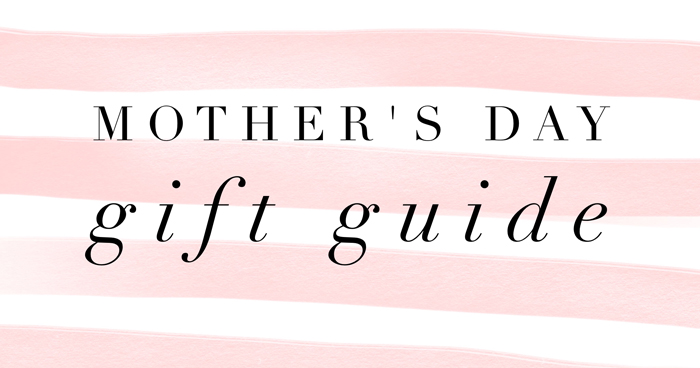Pioneers, those who migrated from the East to settle and develop new areas of the West, had ample cause to create cemeteries; life on the frontier was harsh.
Tucson’s city council in 1907 voted to prohibit burials within the city limits, and the Evergreen Cemetery was opened about 3 miles north of the city limits. The ordinance also required that all of those previously buried in the city cemeteries be moved to Evergreen by 1926, and that there be no new burials in old cemetery grounds in the city. All “pioneers” would then be buried in Evergreen by 1926. Tours of the Evergreen Cemetery can provide insights into that era. The pioneers’ individual stories told in the presence of their graves can bring them “back to life.”Their collective stories paint a picture of the life and times during which they lived.
To pass from the present to the past, we enter Evergreen in our vehicle, moving through a gate into a tree-shaded expanse with watered grass in the middle of our desert. We immediately see hundreds of monuments, some of which mark the graves of our pioneers. Different sizes, shapes and colors, and words are seemingly everywhere. Most of the exhumed are here, but not all who were supposed to be were exhumed; others were placed accidentally in the wrong plots. These visits go on during occasional spells of cold or rain but mostly in our comfortable Arizona sun.
We arrive in our vehicles. Remember that early arrivals for funerals in pioneer days came in buckboards following horse- drawn hearses. What a difference! At the initial stop, approximately 100 feet from the front gate, we see two 5-foot monuments that are identical in shape and size but with different wording. These Jacob and Eva Mansfeld stones would, if they could, tell of people of intelligence, leadership, civic responsibility and entrepreneurial skills.
Jacob moved here in the late 1860s and opened his Pioneer News Depot, where he sold magazines, books, dated newspapers and probably cigars. This was also the home of the first lending library in Arizona. Jacob helped write the city charter and became a member of the City Council and later of the Territorial Legislature. Along with Charles Strauss (Tucson’s first Jewish mayor) and Selim Franklin, Jacob negotiated with the legislature and brought the University of Arizona to Tucson.
Eva married Jacob at Temple Emanuel in New York City in 1877. Prior to her arrival there was very little culture in Tucson. She brought culture to town in the form of opera, parlor events for women and music recitals. Initially she focused her efforts on the non-Jewish community. But as more Jewish women arrived, Eva formed the Ladies Jewish Hebrew Benevolent Society and established Jewish culture, too. By 1900 there were approximately 100 Jewish people in Tucson. Eva and her friend, Therese Ferrin, who is buried nearby in a mausoleum, decided to start fundraising so a synagogue could be built. The building was completed in 1910 on Rosh Hashanah, and the first service was conducted on the first night of the Jewish New Year.
A story was told by Eva’s grandchildren that when they were attending their mother’s funeral, one noted that there were Hebrew letters on Eva’s and Jacob’s tombstones and said to the other sibling “Are those Hebrew letters on those tombstones?” The sibling confirmed the observation and added, “Do you think there is something our mother didn’t tell us?”
About 50 steps to the south are the remains of the Mansfelds’ good friends, the Steinfelds. Albert relocated to Tucson as a 17-year-old from the East Coast via Denver and worked in his cousins’ mercantile stores. He rapidly became manager and eventually purchased their stores from them. By 1873 he had married Bettina Donau, who was raised in Denver by a wealthy Jewish family that had moved back to Tucson, where they lived in a small two-bedroom house. As a successful store owner and entrepreneur, Albert eventually expanded tremendously and moved into mining, agriculture and banking. He built the Pioneer Hotel in downtown Tucson. His success was mirrored by his new house called the Steinfeld Mansion, which even had indoor plumbing.
A 180-degree turn directs us northward toward a large, flat, thin tombstone that marks the resting place of both Sam Drachman and his wife, Jenny. After coming to America, Sam and his brother, Phillip, went different ways. Sam eventually went south and Phillip west. During the Civil War, Sam became a colonel (possibly purchasing his rank), but after the Confederate loss, he too moved to Arizona. He married Jenny Migel in 1875. Colonel Sam, as he was known, quickly became a successful businessman. He worked for the U.S. government, had a bar and cigar store, and was well known for his humor. He served as the rabbi (untrained) of the Jewish community, performed weddings and funerals, and served as the religious leader for nearly all the Jewish holidays. He became the first president of Temple Emanuel. He was a Mason, a founding member of the Jewish Cemetery Association and had many civic responsibilities.
To the north, under two trees, is a flat, semicircular headstone engraved with the name Strauss. This is where the first Jewish mayor of Tucson rests. After growing up on the East Coast and getting a law degree, Charles moved to Memphis, where he married Julia Kaufman in 1868. He worked in a large dry goods firm, became active in local politics and became an actor and playwright. In 1880 he and his wife and children moved to Tucson for his health. While he was working for the Zeckendorfs, he got the political urge again and was elected mayor. One year later he resigned that position and began the rest of his career. He became the superintendent of public instruction for the Territory. He was also appointed to the Board of Regents and participated in peace arrangements with Geronimo. Julia, like Eva Mansfeld, was active in music in the community. Strauss’ death in 1892 was mourned by the entire community, and flags were lowered to half staff.
There are many more grave markers on the tour, all having similar stories: business successes and failures, civic participation, religion important to them but not their offspring, social leaders and group memberships. All could be summed up by “l’chaim!” – to life. And what about those important and seemingly unimportant people known to have lived in the community, but who are not buried here? Often and quietly, they moved elsewhere, not to be heard from again – another type of passing.
And then there was Douglas, AZ. It was and still is a small town along the Mexican border and has a dedicated Jewish cemetery. This cemetery is believed to have had 17 burials and is currently in a deplorable condition. The Jewish History Museum has been offered a deed to the property and some funding to restore it to its normal condition and back to a living cemetery like Evergreen – back to “life.” It is a daunting task, but one under serious consideration for its historical background and our Jewish responsibility.
Barry Friedman, M.D., retired, is the president of the Jewish History Museum in Tucson.





